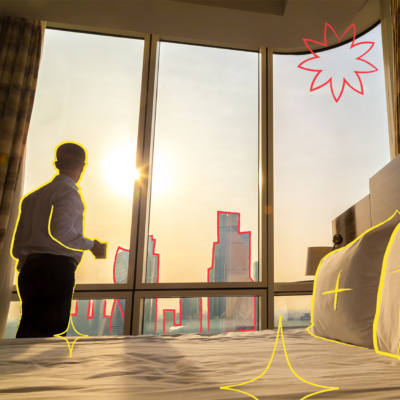1. Community is key.
Millennials aren’t just buying a home. They are buying the entire neighborhood. Many urban environments provide an important sense of community, and this desire for community is actually having a strong influence on design. Developers are creating more mixed-use projects, integrating retail, restaurants and green space. Smaller sized homes, but with bigger amenity offerings like fitness centers and common gathering areas, have also proved to be attractive to the Millennial buyer.
2. They’re willing to compromise.
The Millennial demand for townhouses makes perfect sense due to the need for an entry-level price point. Stand-alone single-family homes are usually too expensive and land constraints in many desirable locations make building more of them difficult. A townhouse, even within a high-rise tower, has emerged as the desirable alternative between a traditional white picket fence home and an apartment. This is especially true in areas adjacent to the urban core, where Millennials feel a smaller townhouse can keep them close to work and the active lifestyle they currently enjoy.
3. No parking, no problem.
Millennials have adopted alternate methods of transportation and don’t seem to require parking spaces as part of their home, and so many current projects don’t offer 1:1 parking. Keep in mind the closer the development is to public transportation or job areas, the more attractive it becomes to the Millennial buyer. They don’t want to make commuting a part of their lifestyle the way previous generations did. The idea of less parking can be a positive if more space is created for on-site amenities like walkways and fitness centers.




